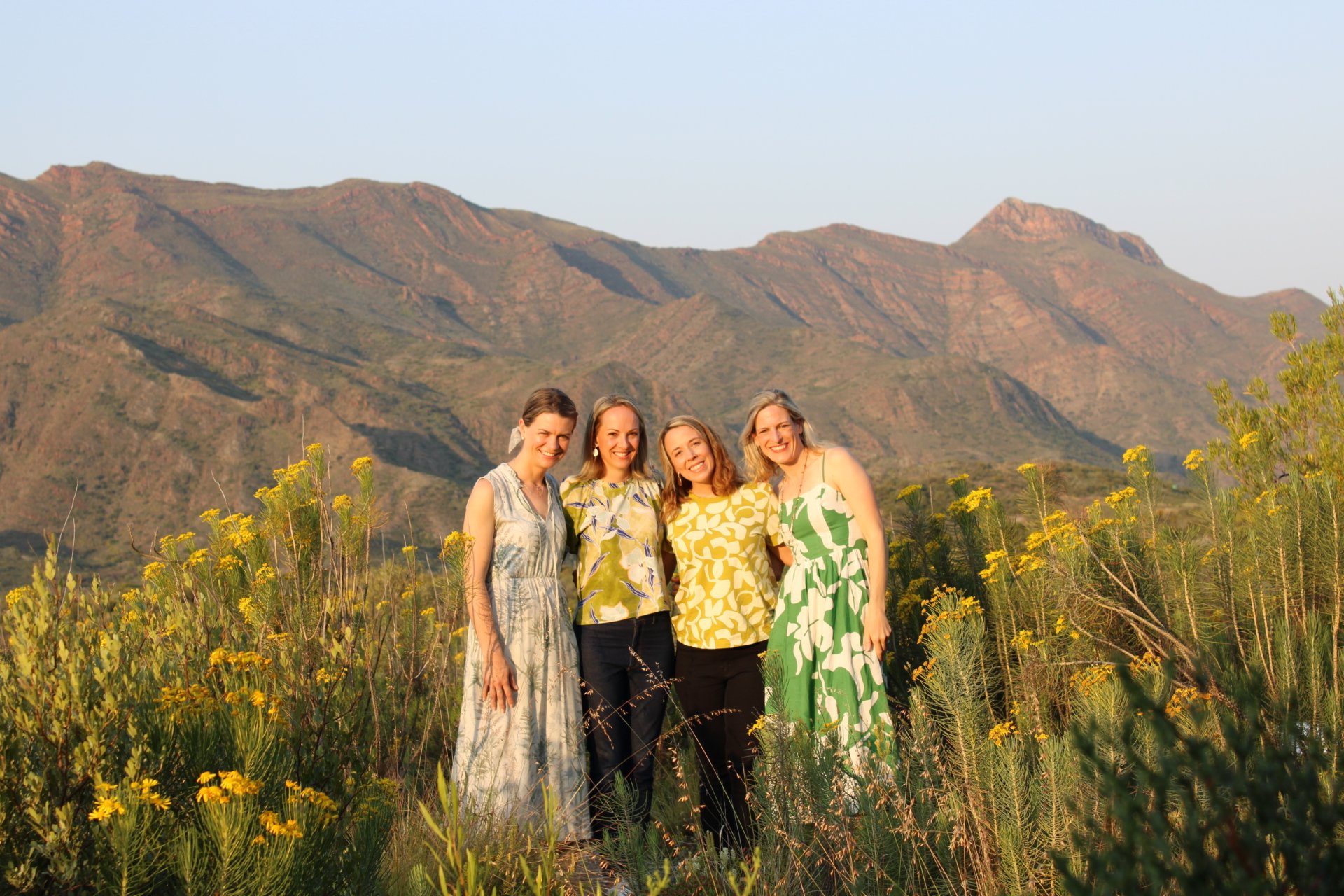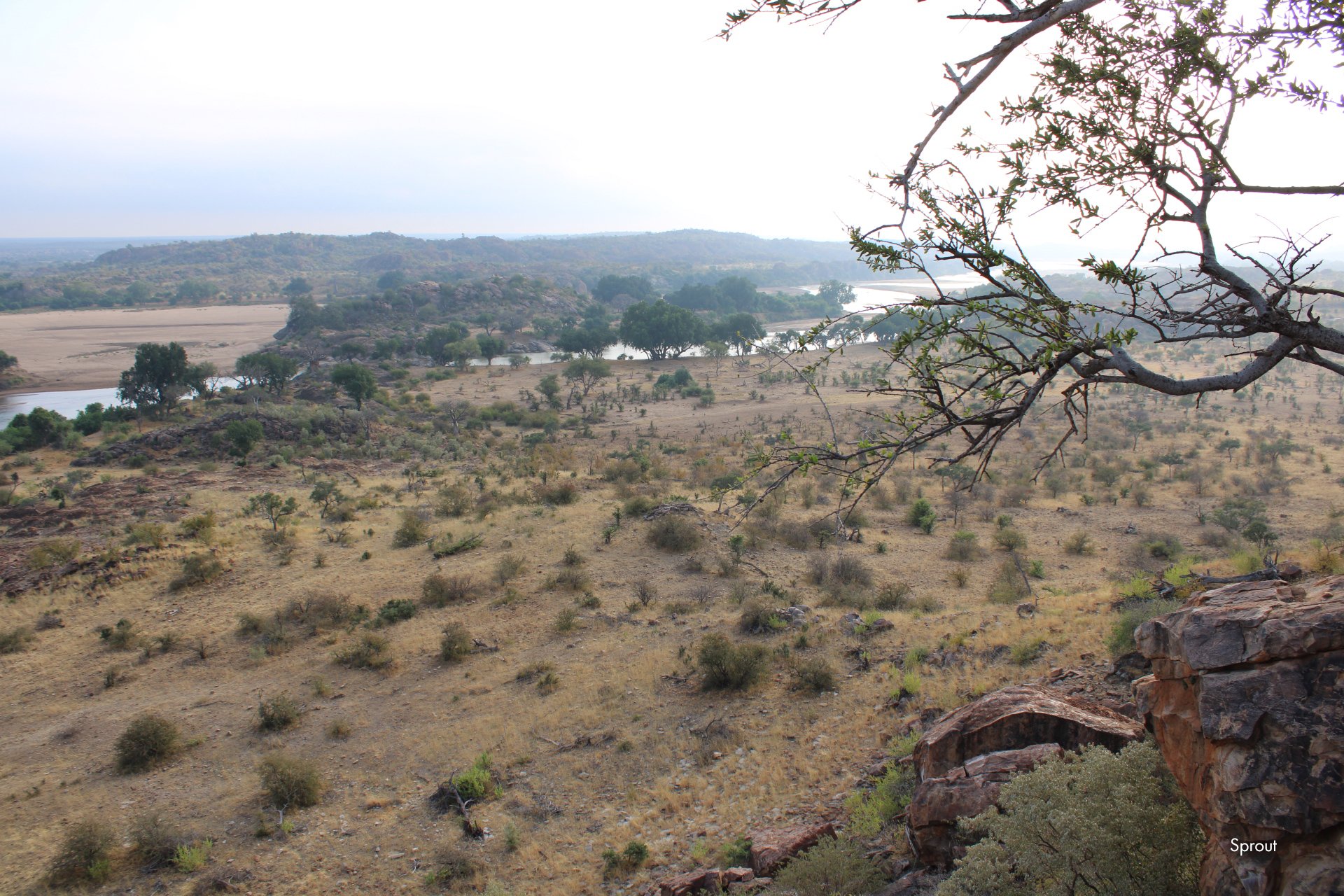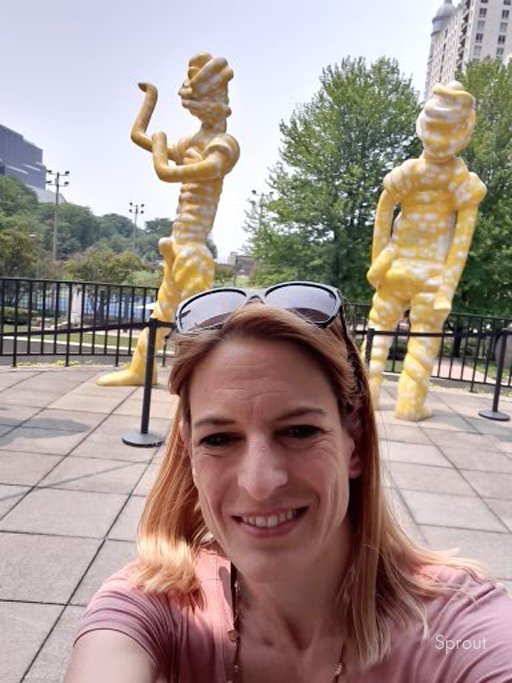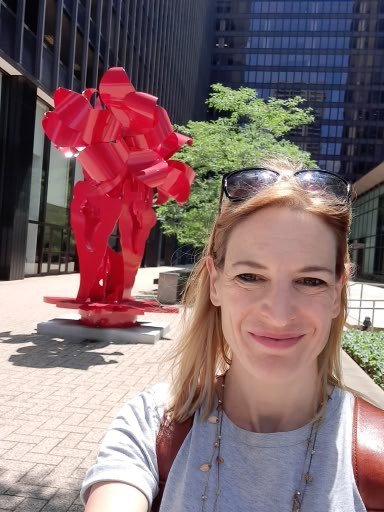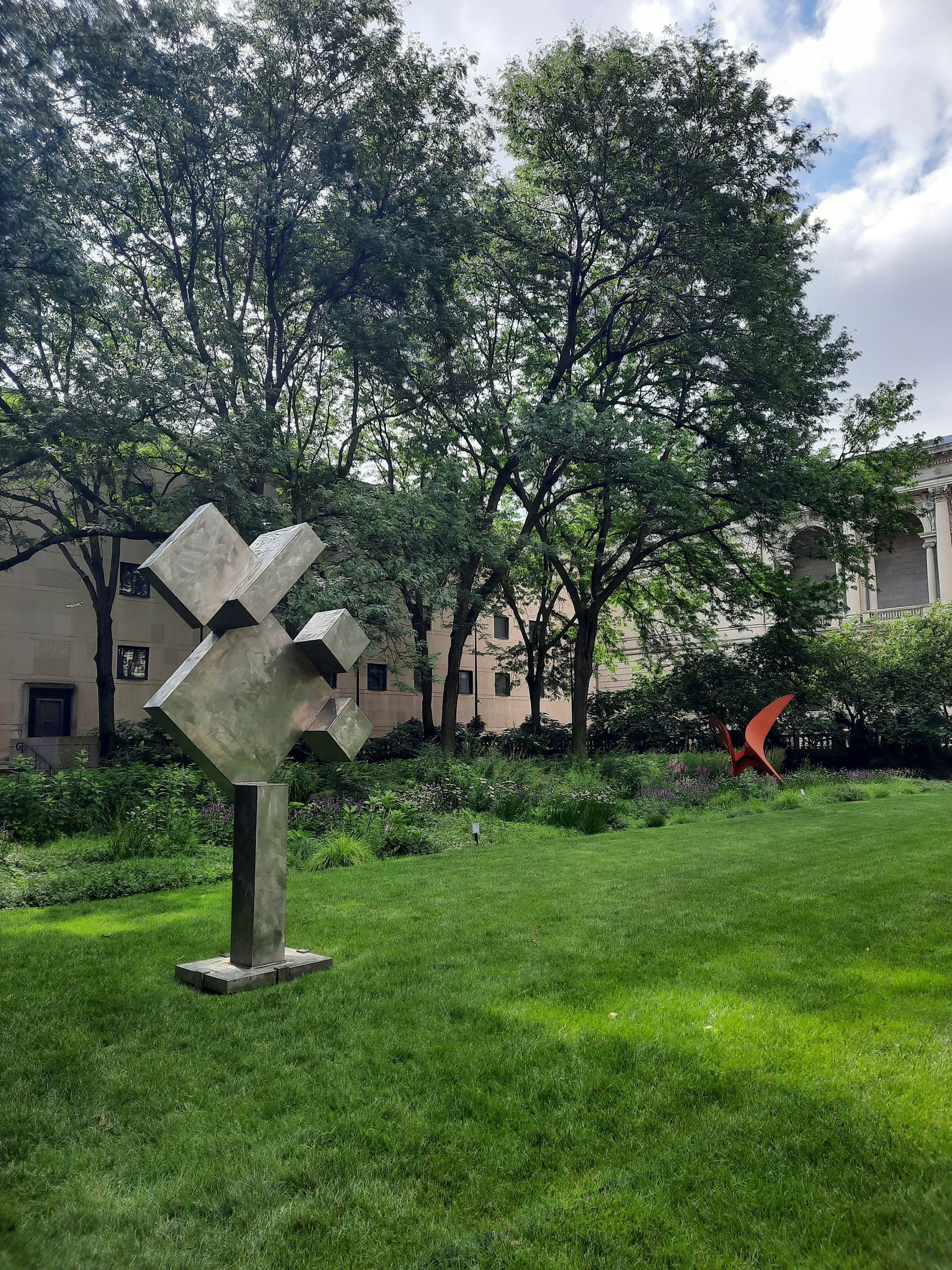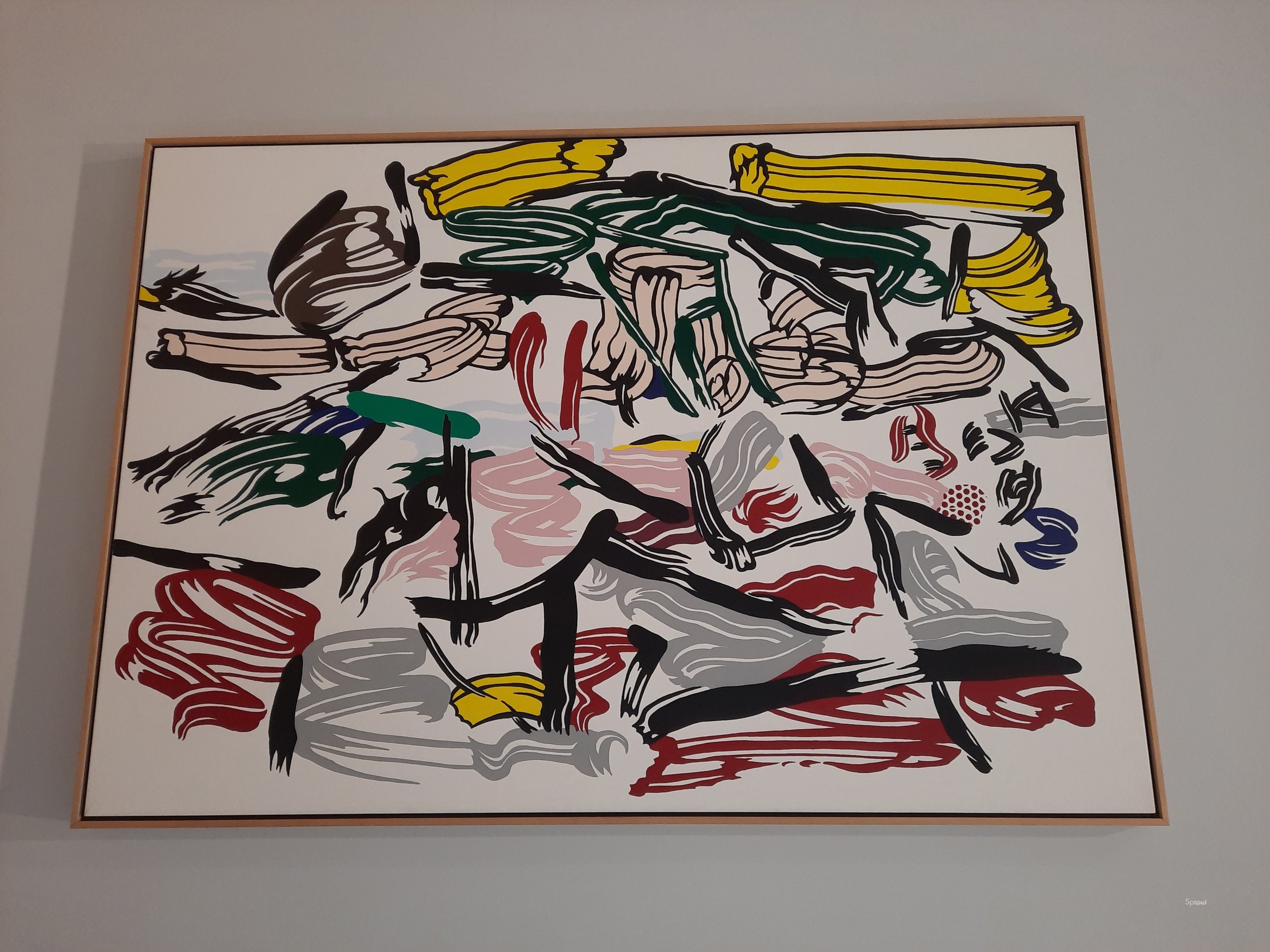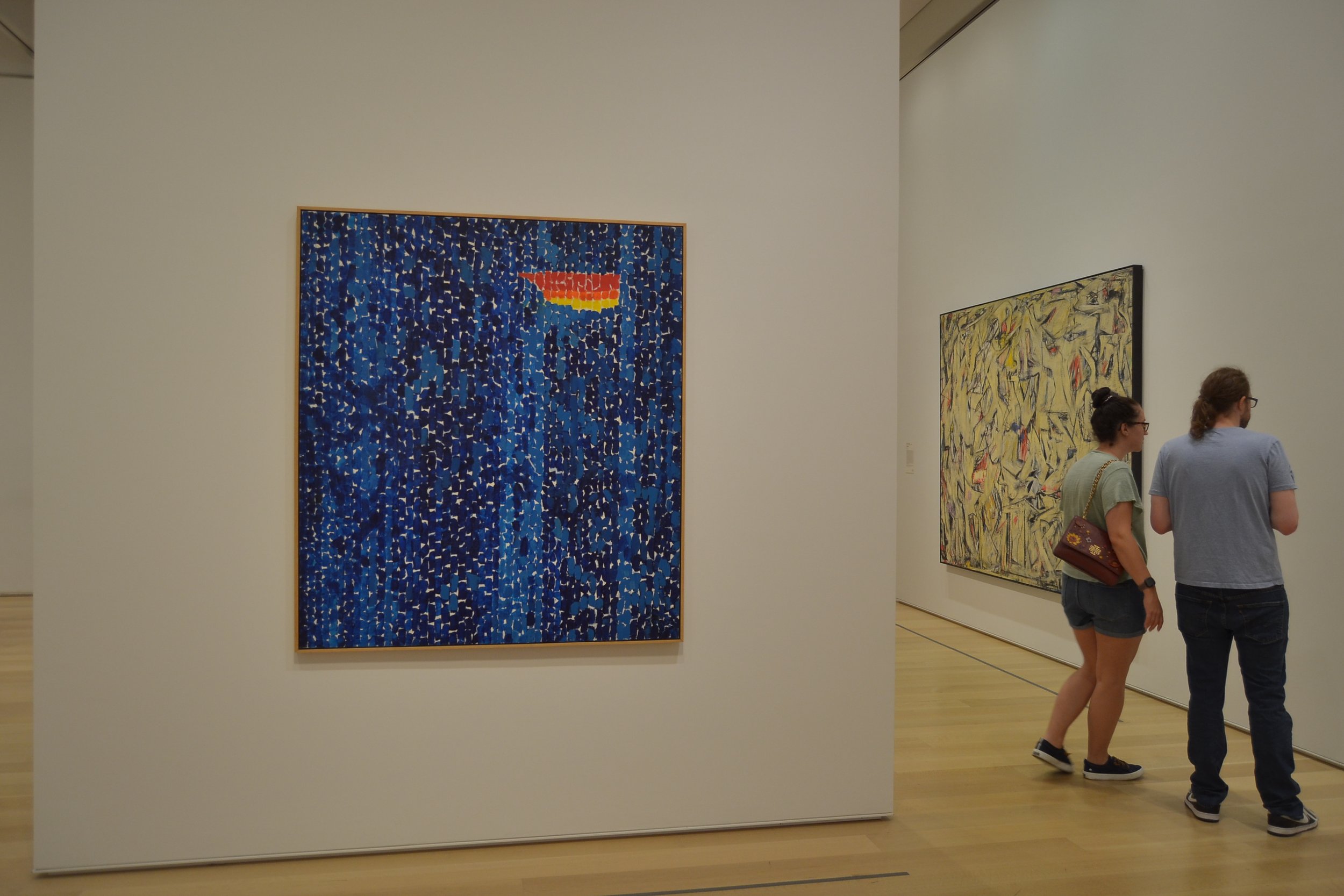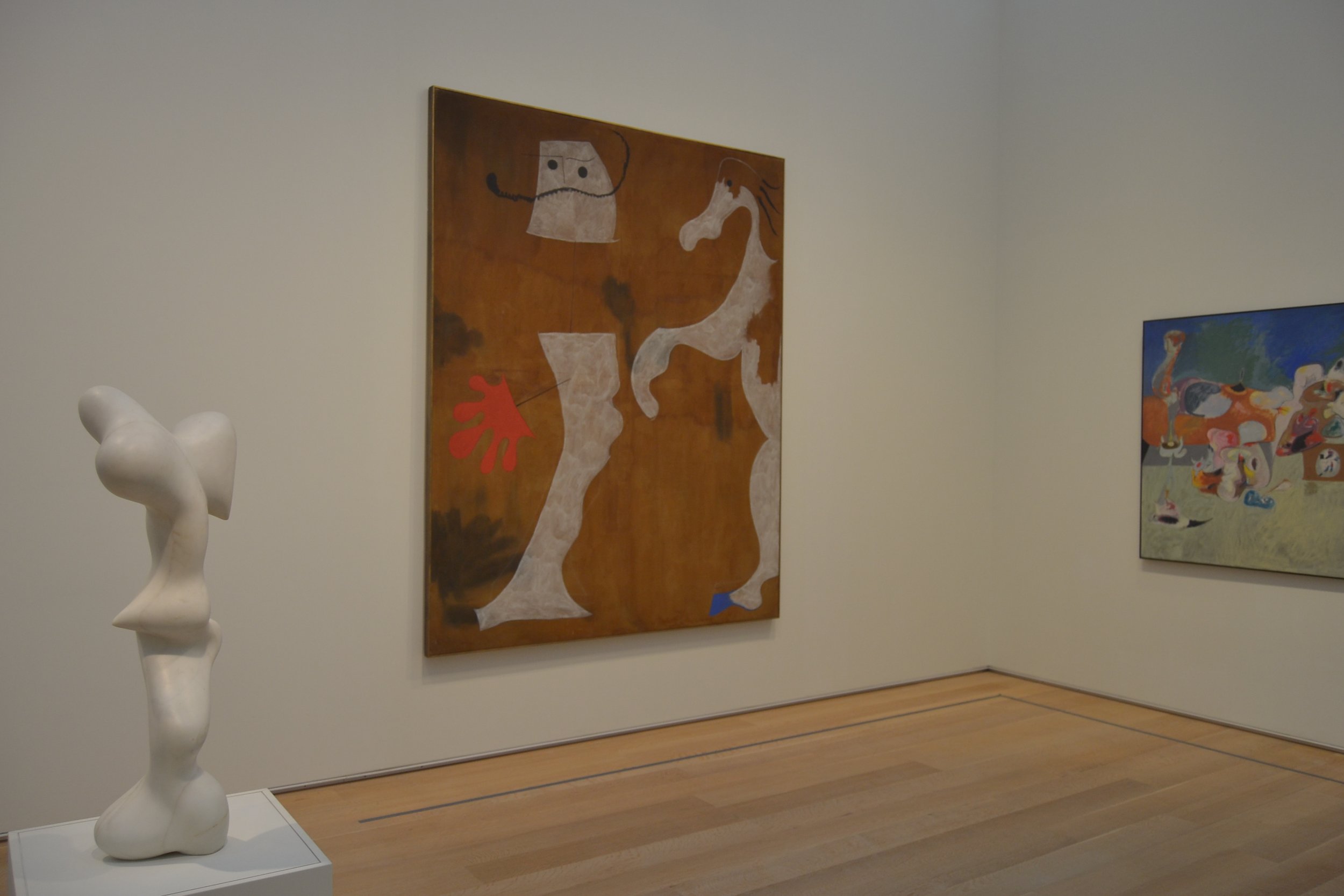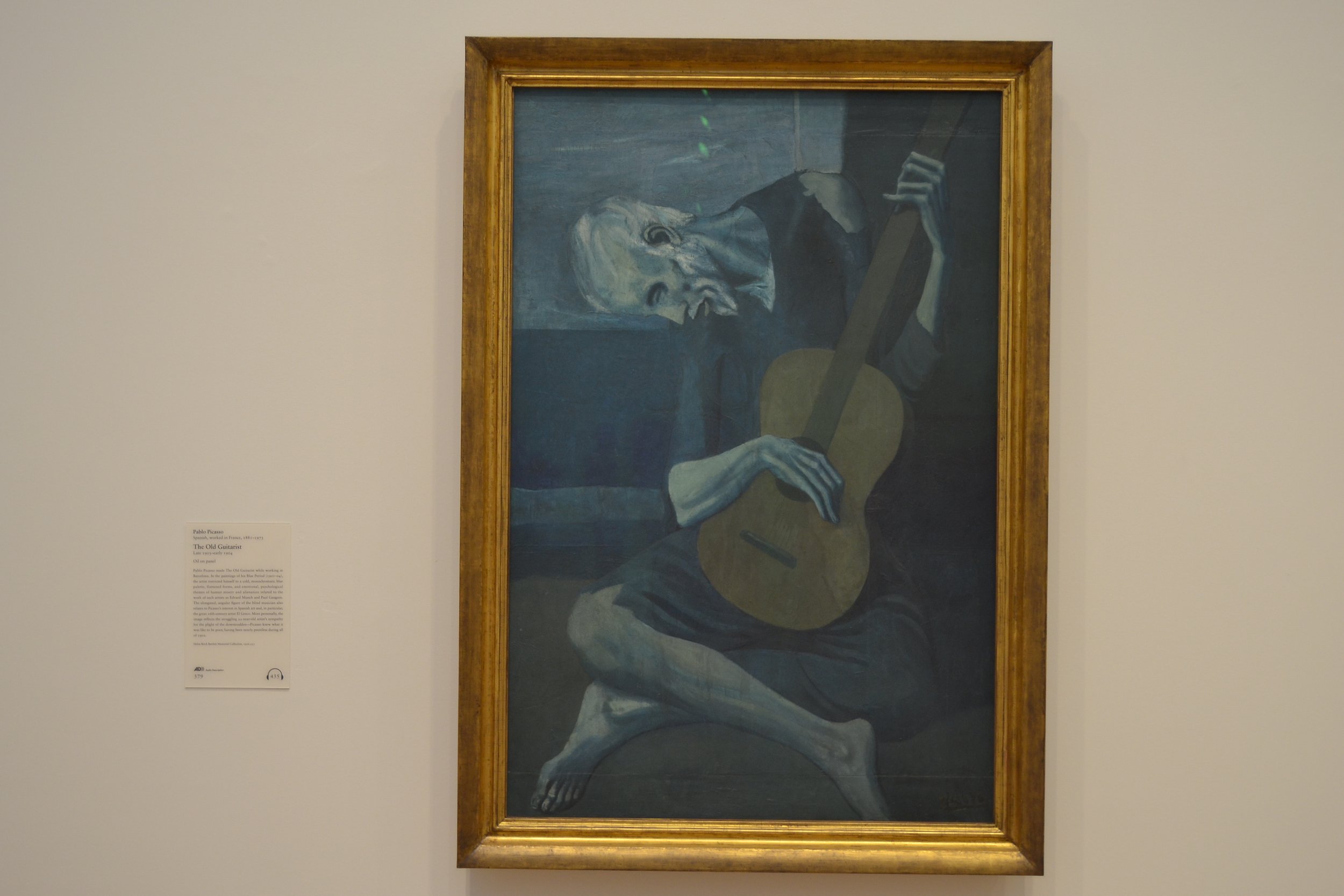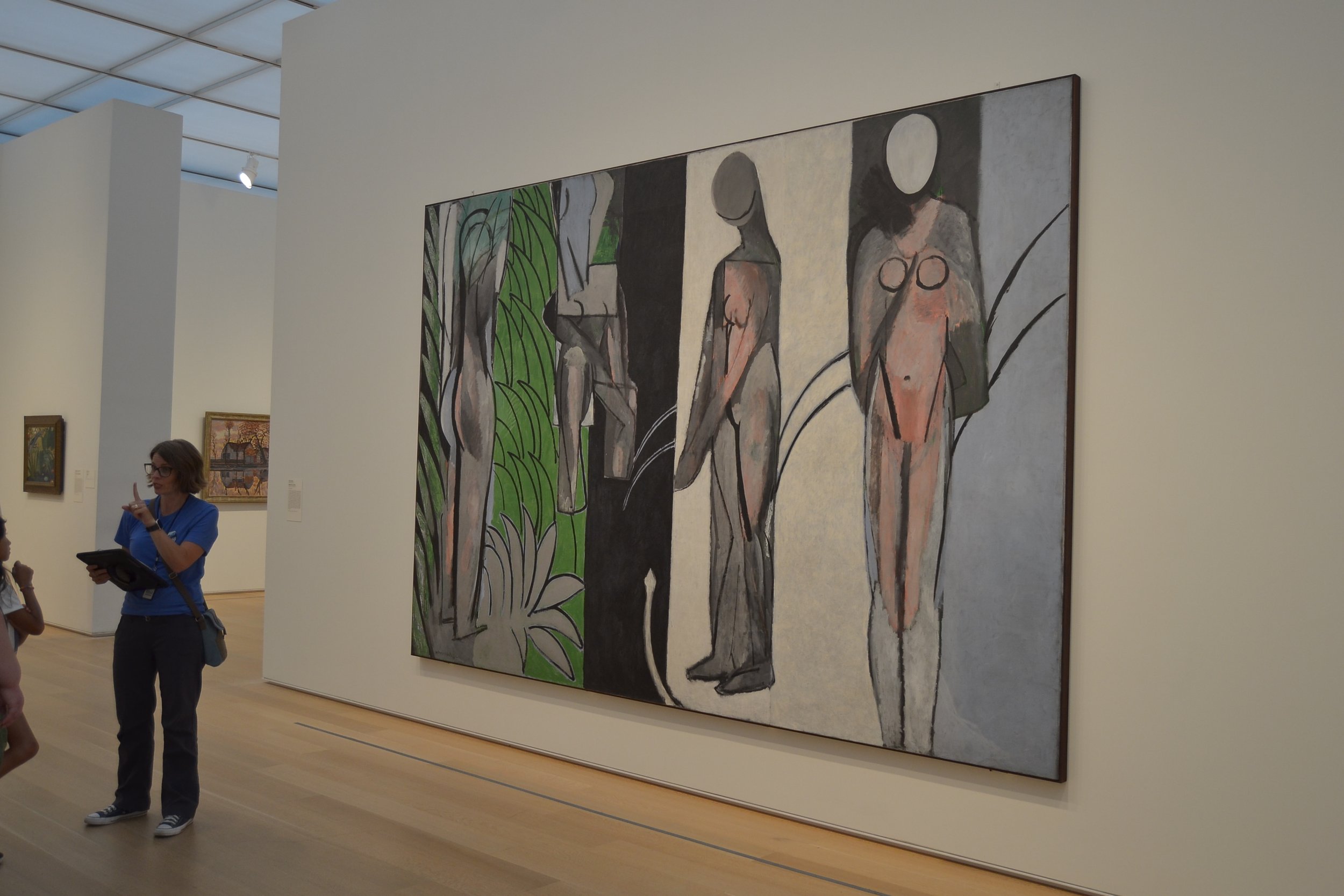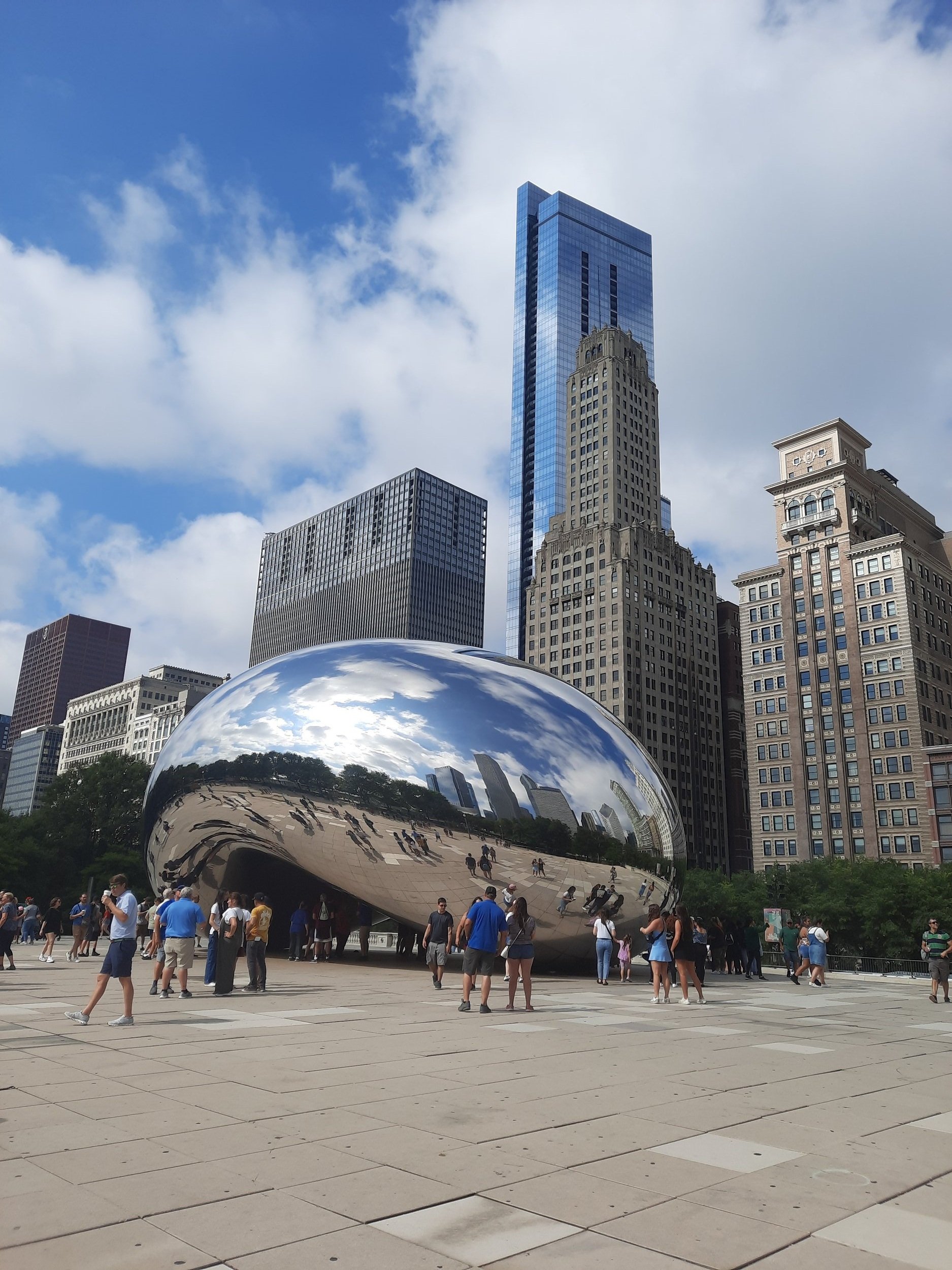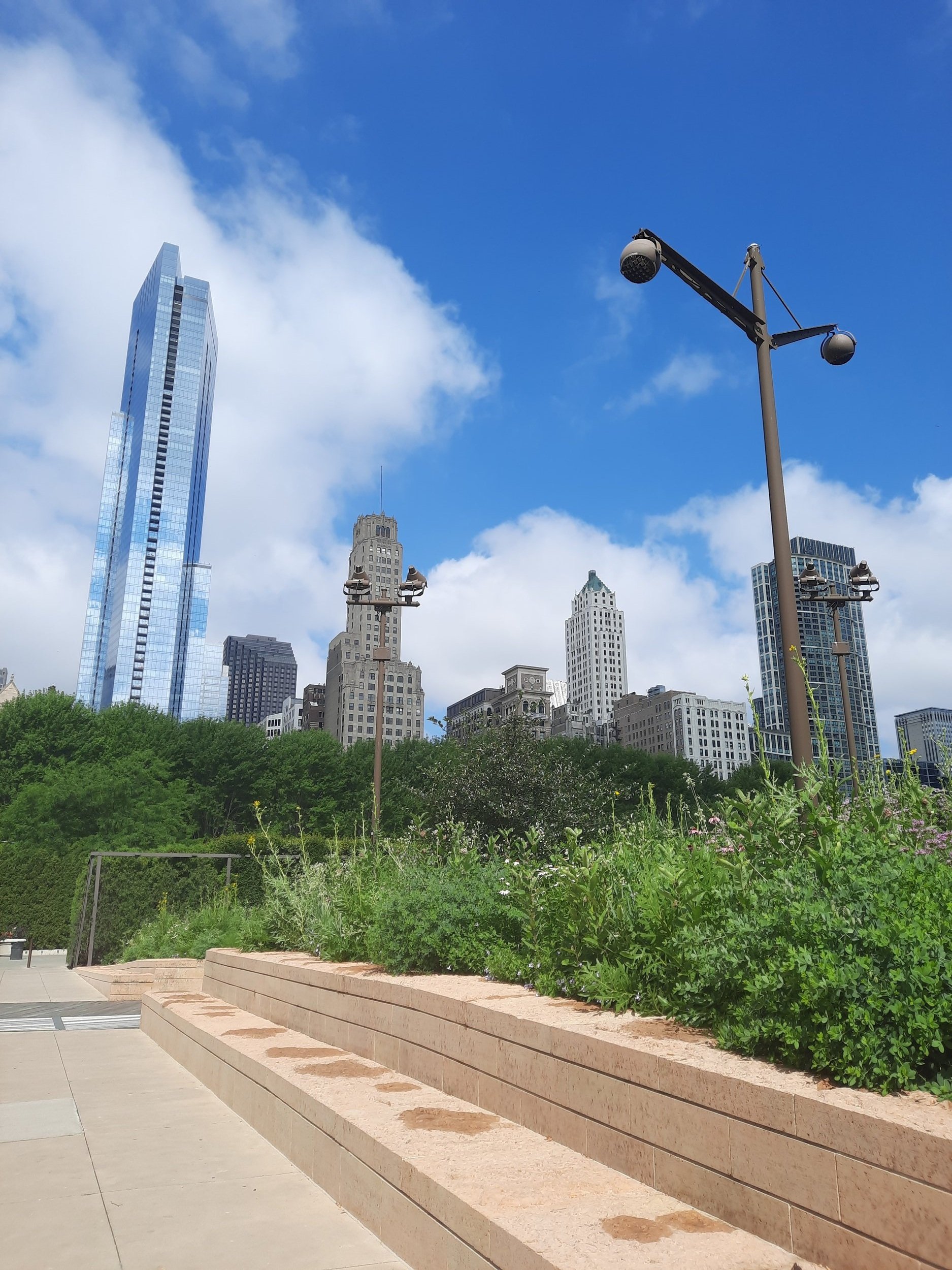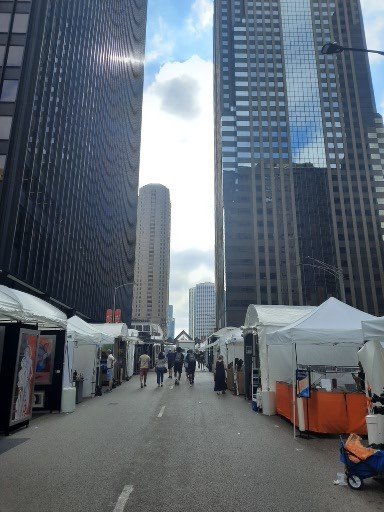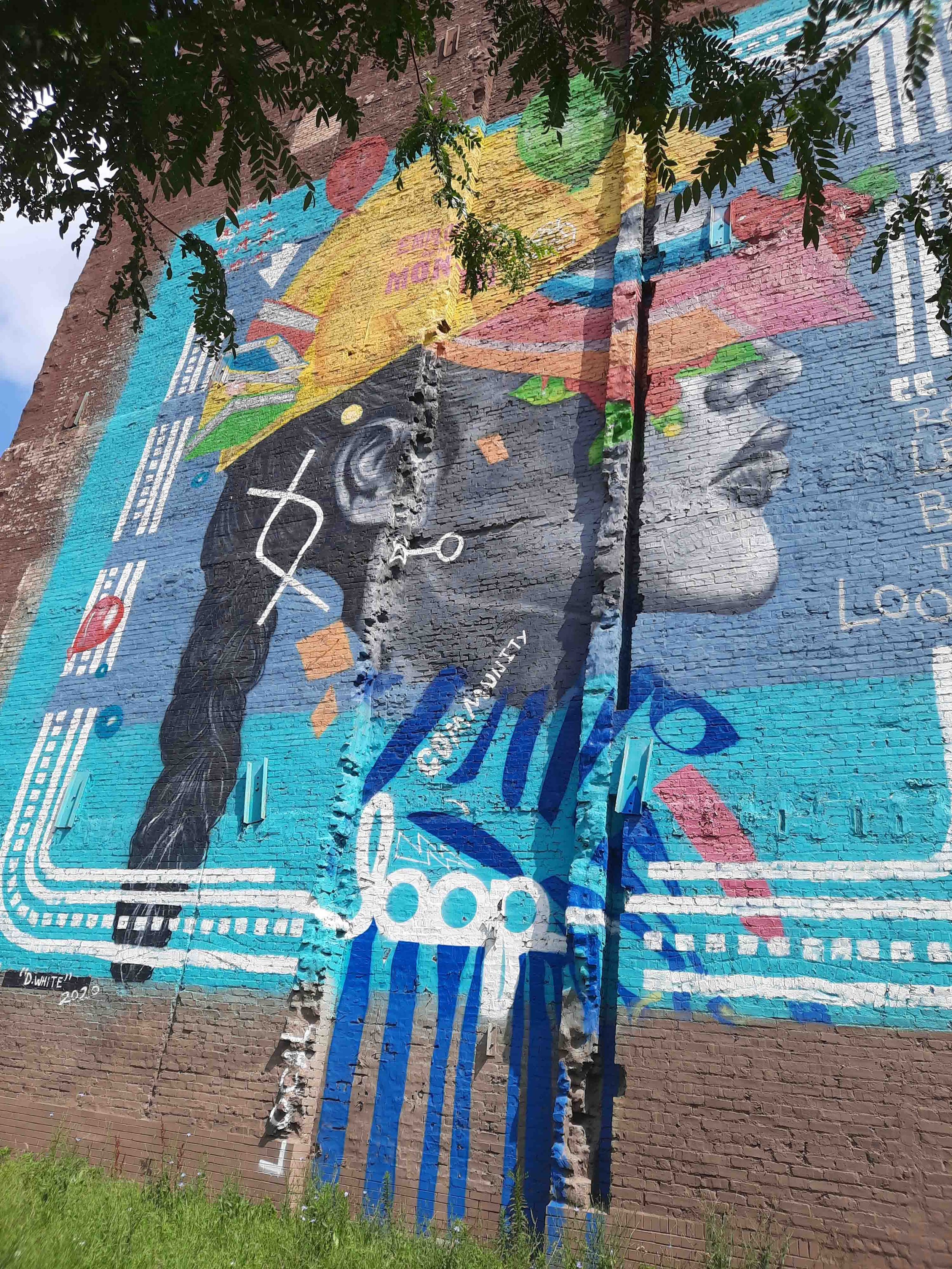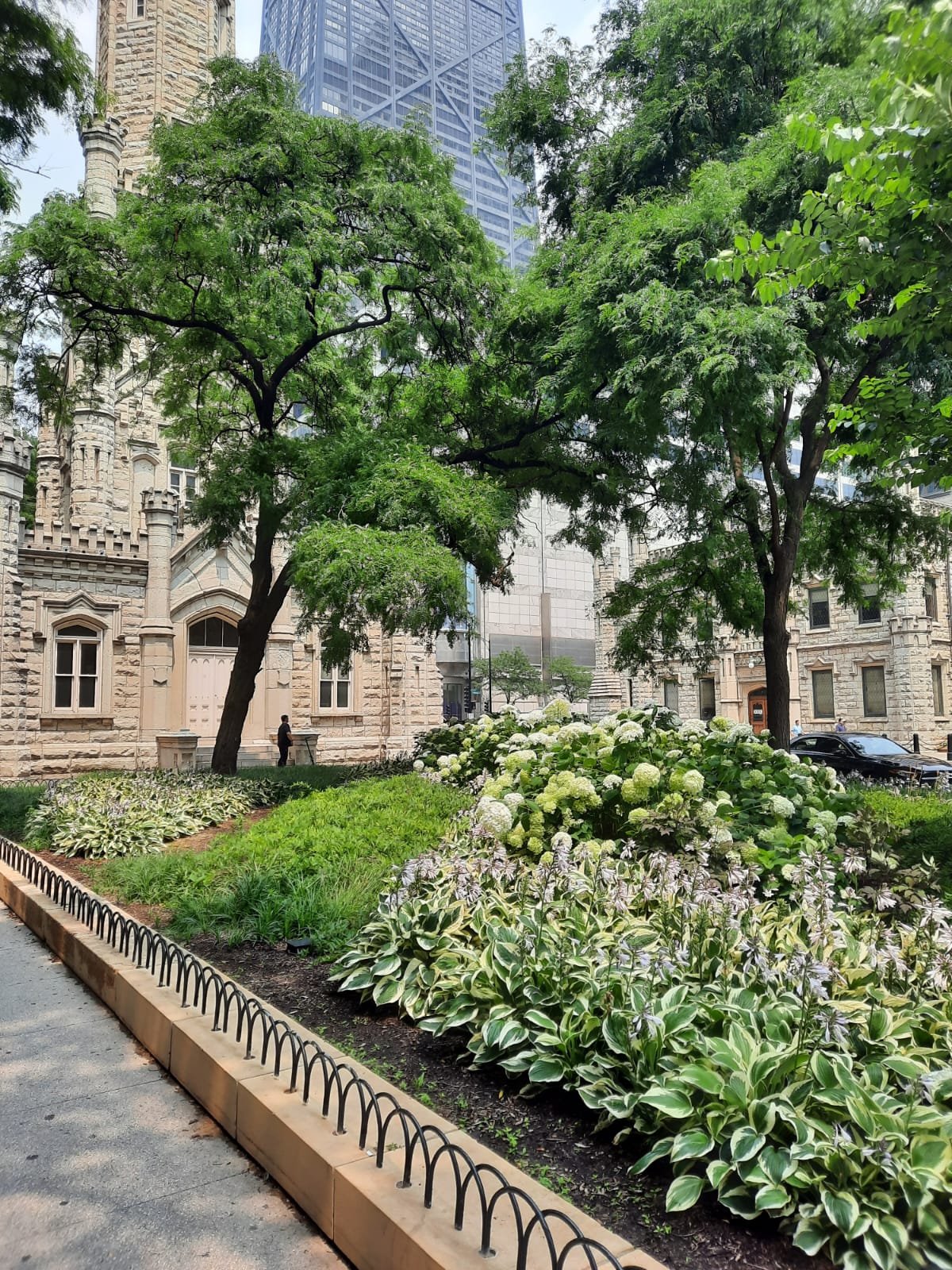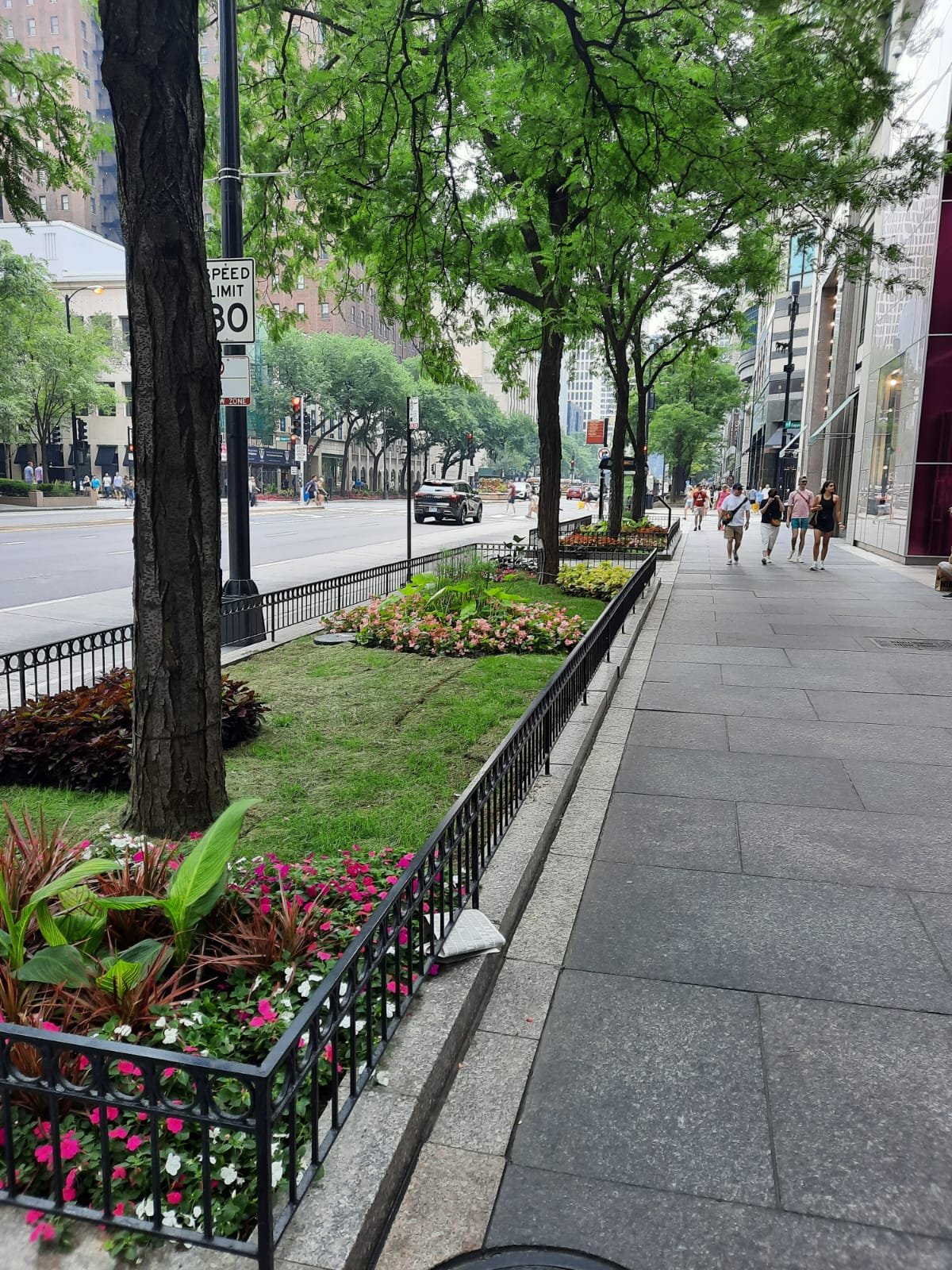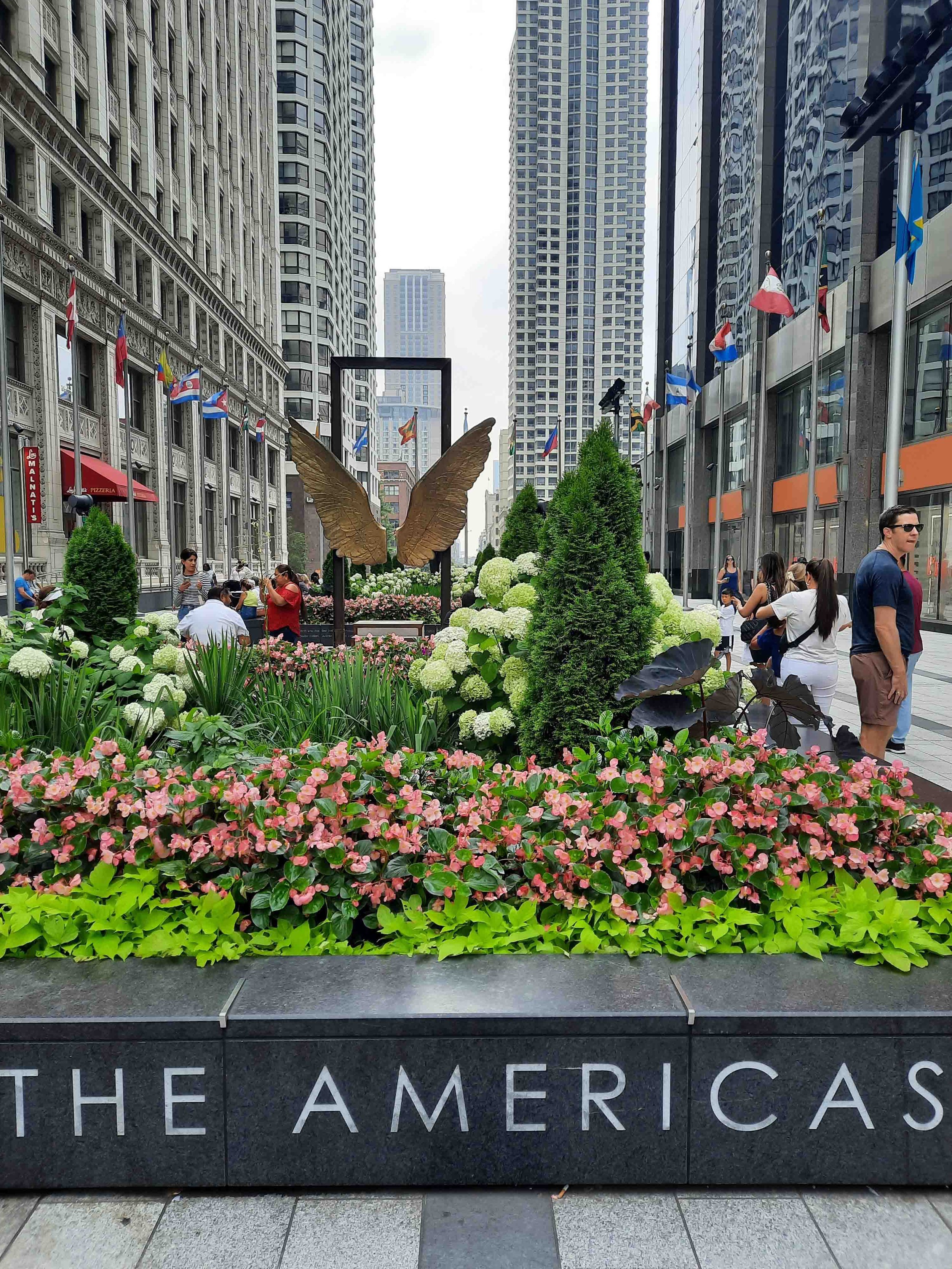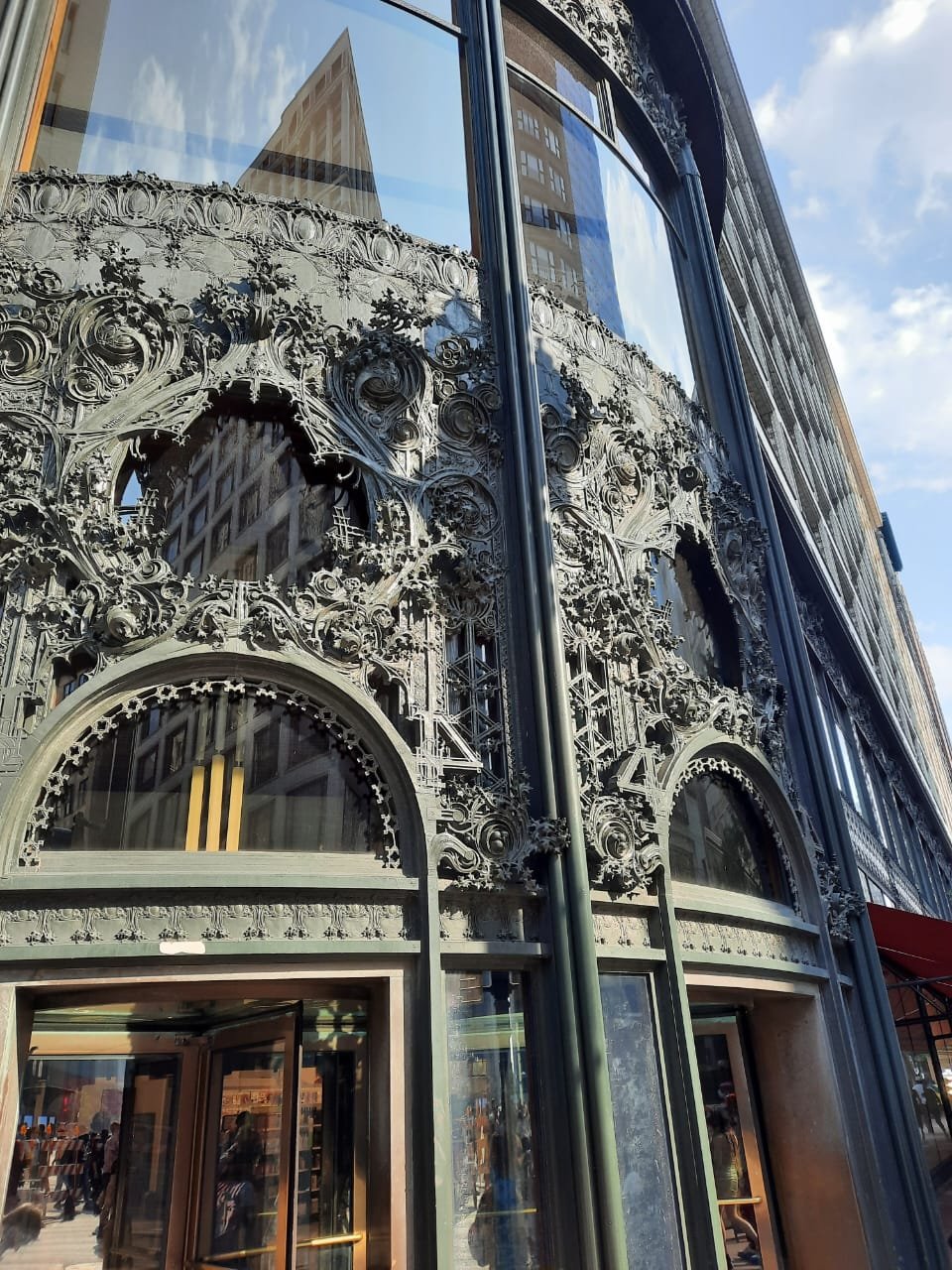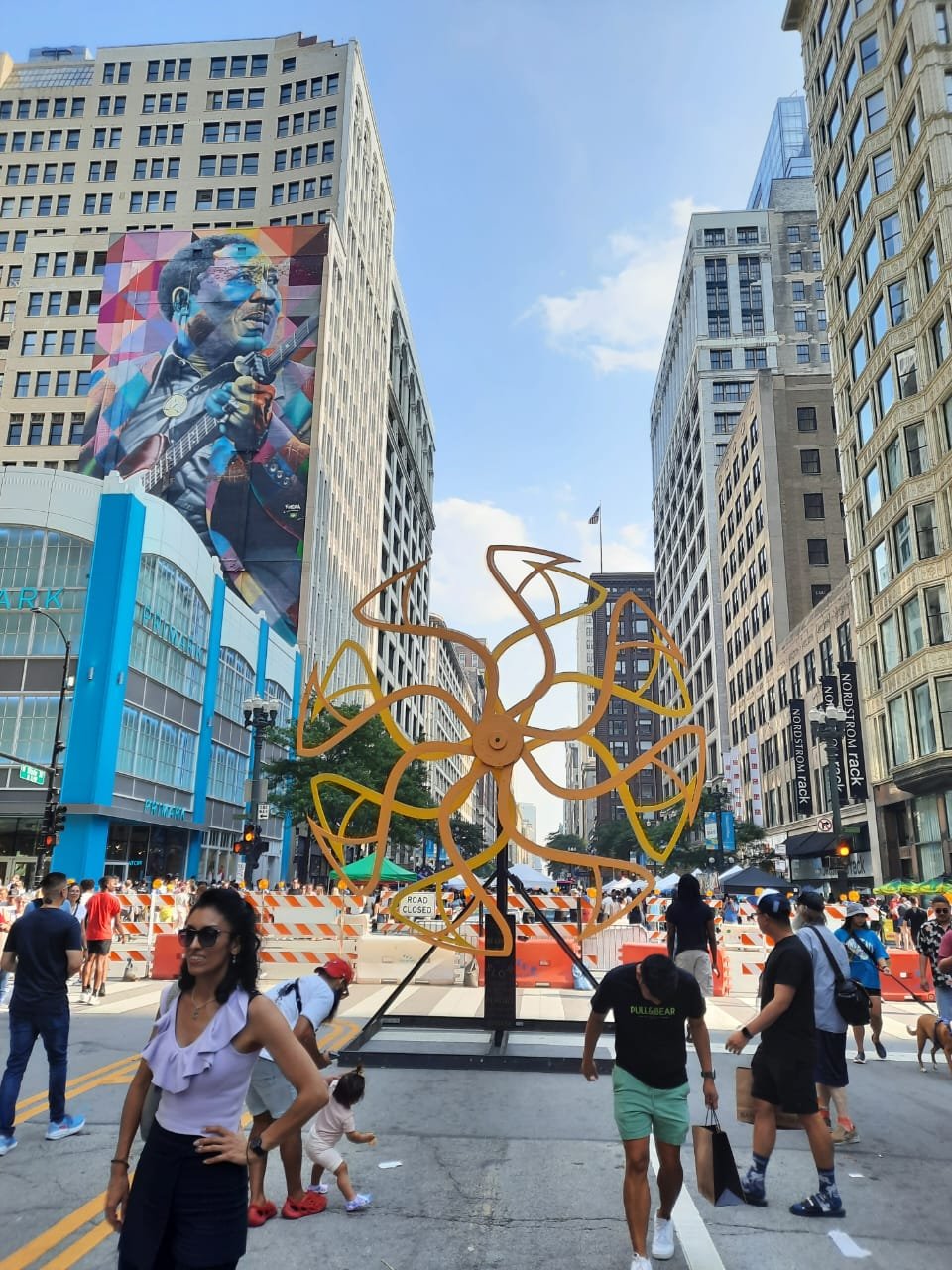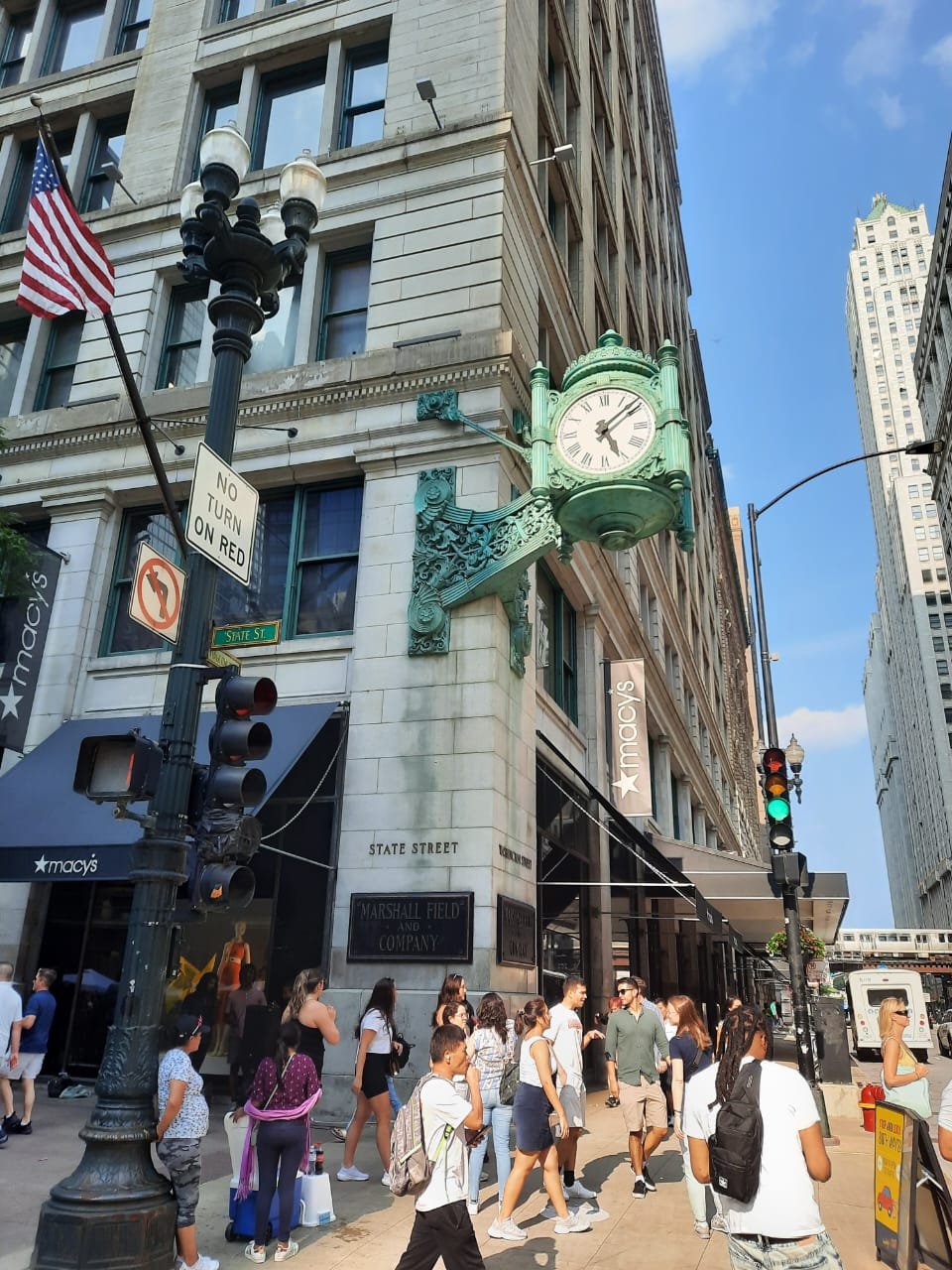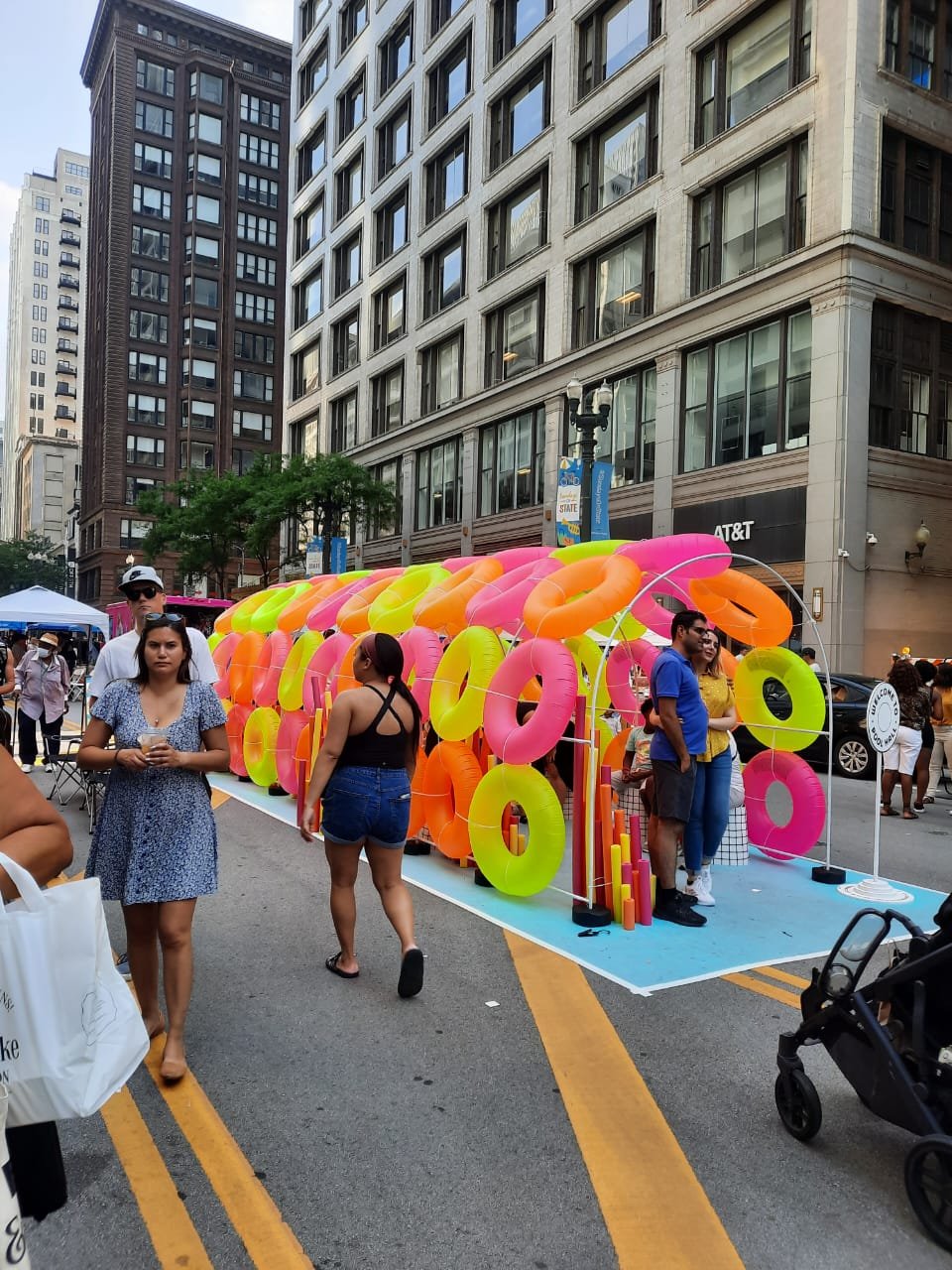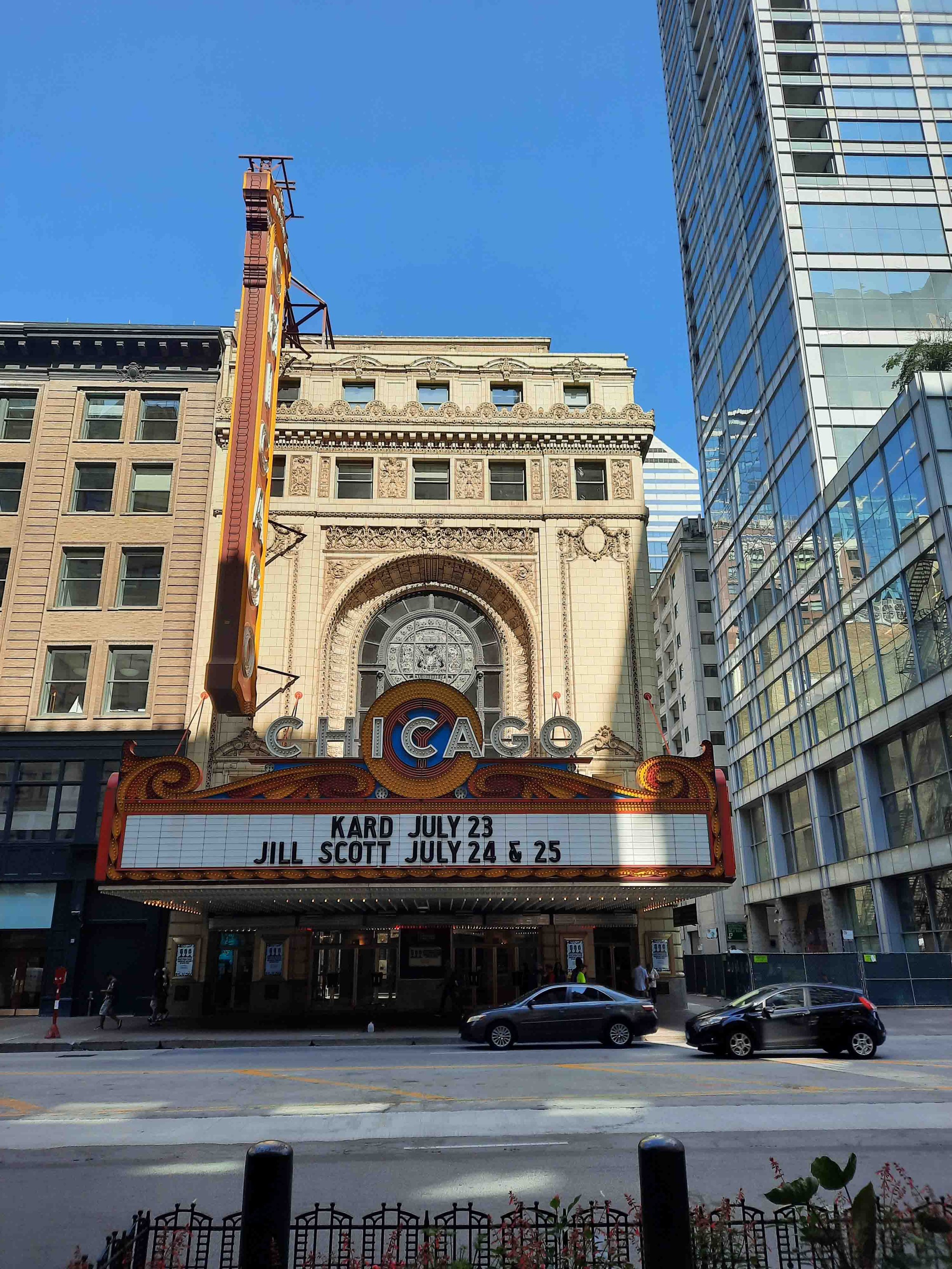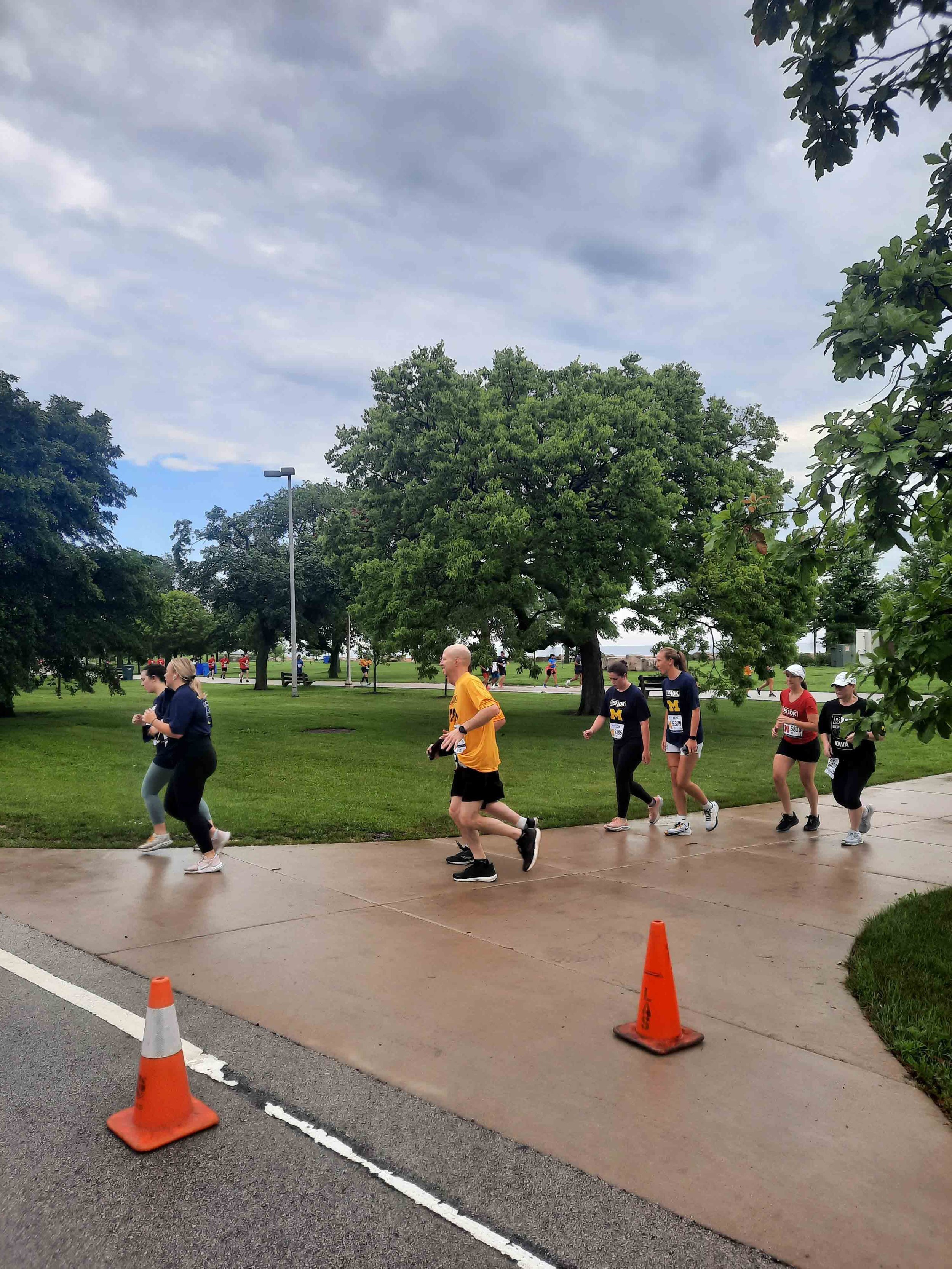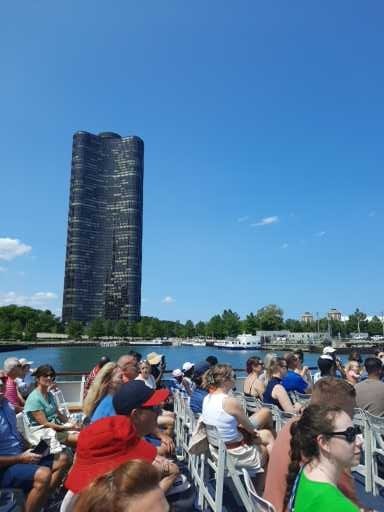We visited the quaint town of Monatgu in the Western Cape over the Heritage day weekend in September this year. Montagu is situated in the Breede River Valley at the foot of the majestic Langeberg mountains and surrounded by beautiful fynbos vegetation, lush vineyards and fruit orchards. It is known for its location on the famous Route 62 and for the numerous outdoor activities on offer including hiking, rock climbing and mountain biking. Interestingly Montagu boasts the most number of national monuments in one street than any other town in the country and the town has a rich cultural and architectural history.
While the main aim of our visit was to have a relaxing getaway (i.e. fun-filled girls weekend) in a beautiful part of the country, we discovered much to our delight, that it serendipitously coincided with the annual Montagu Herb Festival or Kruiefees.
Exploring Montagu
Doing the Scavenger Hike by Bike!
The Herb Festival is in it’s 4th year of existence and is organised by the Montagu Museum which has a long standing history of documenting knowledge about medicinal plants. Since I love all things botanical this was an event I was so excited to experience and I thoroughly enjoyed it. The festival included: exhibitions, cooking demos, workshops, plant discovery walks and enlightening talks on medicinal herbs, mushrooms, and healing traditions.
The Fynbos Healing Plant Discovery Walk was on Sunday morning
I thoroughly enjoyed learning more about the local flora on the Fynbos walk with Liana Muller from Fijn Botanicals. She shared on the medicinal and healing properties of the plants in the area that she uses to create Botanical perfumes, creams and other skin products.
Liana Jansen from Fijn Botanicals sharing her knowledge about the Fynbos plants she uses in her products
We also enjoyed the Herb Walk in the Montagu Nature Garden with curator Hugo de Wet and Patti van Dyk. The Nature Garden is an indigenous wildflower reserve with plants of the Klein Karoo and contains numerous walking trails which offer lovely views of the town below as you make your way up the hill.
Hiking through the Montagu Nature Garden
Montagu Nature Garden
The exhibition at the Montagu Museum consisted of companies that make use of botanical products and included the following: Canna Gold, Chivas Oils, Dagga Farmacy, Earthwell Pet Products, Eporia, Fell Flora, Fijn Botanicals, Folio Books, Gentle Rain Traditional Healing, Greyton Candles, Grow Folk, Indikaap, Karoo Mantis, Khoe Cure, Montagu Museum Herbs, Shop@Yamu Botanicals and Therapeutic Naturals.
See image of Herb Festival Program for 2024:
I had just walked through fynbos for a few hours - studying and learning about the medicinal plants of this region - so when I saw dried plants in jars on the table of Khoe Cure I wanted to try them out for myself. I bought their Herbal Tonic which contains the following plants: Sutherlandia frutescens, Artemesia afra, Dicoma capensis, Lobostemon fruticosus, Agathosma, Aucalyptus globulus, Bulbine natalensis, Hypoxis hemerocallidea, Tulbaghia violacea, Chrysocoma ciliata, Cissampelos, Clychrrhiza glabra and Cannabis. The tonic has a strong garlic taste from the Tulbaghia violacea, which makes it a bit hard to swallow, but Megan suggested I mix it with tonic water and that has definitely helped.
While there are certainly many beautiful accommodation options in the area I highly recommend the self-catering cottage we stayed in called Exhale Cottage. The cottage is well equipped and in the most breathtakingly beautiful location. The hosts were incredibly gracious and generous and went out of their way to make our stay unforgettable. Here are some pics of our accommodation:
We had a really memorable weekend!
Montagu's Herb Festival is a must-visit for anyone who is interested in medicinal plants or who just wants to enjoy the beautiful scenery and relaxed atmosphere of this charming town.
Some reference links:
https://montagumuseum.co.za/
https://www.sahistory.org.za/place/montagu-route-62
https://www.south-africa-info.co.za/country/town/227/montagu


































